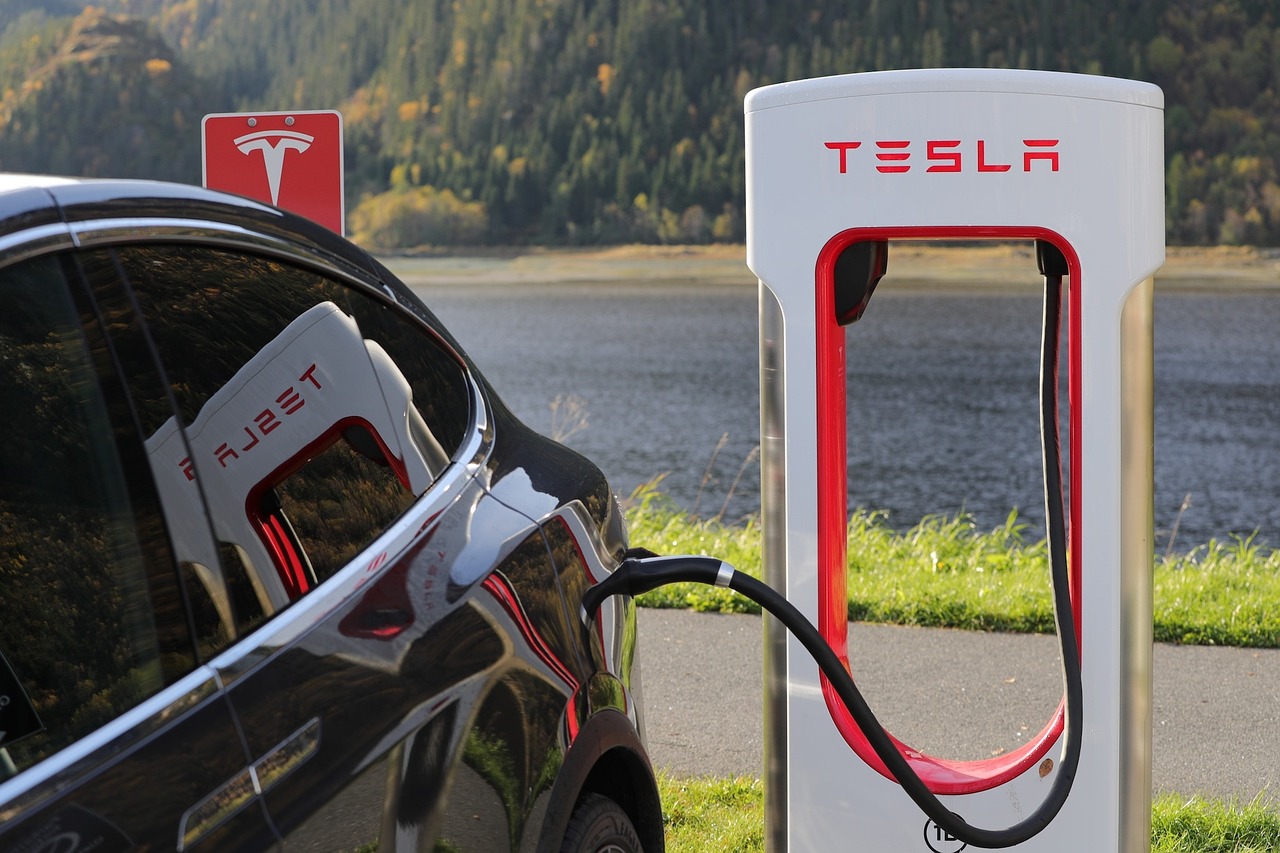The transport sector is a significant contributor to global greenhouse gas (GHG) emissions, with road transport accounting for a vast majority of these emissions. Reducing the carbon footprint of our roads is imperative in our fight against climate change. Here are effective strategies to significantly cut down GHG emissions from road transport:
Promote Electric Vehicles (EVs):

Electric vehicles (EVs) produce zero tailpipe emissions. As renewable energy sources increase in the electricity grid, EV emissions will continue to decrease. EV purchasers can receive incentives, rebates, and tax breaks to encourage adoption. Building robust charging infrastructures will further ease the transition to EVs.
Improve Vehicle Efficiency:
While transitioning to EVs is the long-term solution, the existing fleet of internal combustion engine (ICE) vehicles still dominates the roads. Enhancing fuel efficiency through advancements in engine technology, lightweight materials, and aerodynamic designs can reduce GHG emissions. Regulations, such as fuel efficiency standards, can drive these advancements.
Foster Carpooling and Ridesharing:
Sharing rides can significantly reduce the number of vehicles on the road, reducing congestion and emissions. Digital platforms and apps can facilitate convenient carpooling and ridesharing, making it easier for users to find matches based on their routes and timings.
Strengthen Public Transportation:

Public transit, like buses and trains, can transport many people at once, translating to fewer individual car journeys. Investing in expanding and modernizing public transportation networks can make them more attractive and efficient. Strategies can include dedicated bus lanes, frequent service intervals, and digital ticketing systems.
Prioritize Active Transportation:
Promoting walking, cycling, and other non-motorized modes of transport can reduce GHG emissions. Developing pedestrian-friendly zones, bike lanes, and greenways can encourage more people to choose these healthier and environmental-friendly options.
Implement Urban Planning and Smart Growth:
By designing cities and towns where homes, jobs, schools, and other amenities are close together, we can reduce the need for long commutes. Zoning laws that favor mixed-use developments and green spaces can deter urban sprawl, thus reducing the distances people need to travel daily.
Advocate Eco-Driving Practices:
Eco-driving habits include maintaining a steady speed, gentle acceleration, and avoiding excessive idling. Training programs and campaigns can educate drivers about these practices, which can save fuel and extend vehicle lifespan.

Use Alternative Low-Carbon Fuels:
Biofuels, hydrogen, and synthetic fuels can serve as alternatives to traditional fossil fuels. By blending these with gasoline or diesel or replacing them entirely, the carbon intensity of fuel can be lowered. Research and development in this area can yield fuels that are more sustainable and emit fewer GHGs.
Implement Road Pricing and Congestion Charges:
By charging drivers for using certain roads or entering specific zones, especially during peak times, road pricing can discourage unnecessary trips and encourage the use of alternative transport modes. Cities like London and Stockholm have successfully implemented these systems to reduce both congestion and emissions.
Introduce Vehicle Emission Standards:
By setting strict emission standards, governments can push automakers to produce cleaner vehicles. Regular emission tests can also ensure that older vehicles remain within acceptable emission limits or are phased out.
Conclusion:
Reducing GHG emissions from road transport requires a multi-pronged approach. While technological solutions play a pivotal role, societal behavior and policy frameworks are equally vital. By implementing a combination of the strategies outlined above, we can pave the way for a sustainable transport future that minimizes its environmental impact. As stakeholders in this global endeavor – from governments to citizens – it’s our collective responsibility to drive these changes and steer our planet toward a healthier tomorrow.

